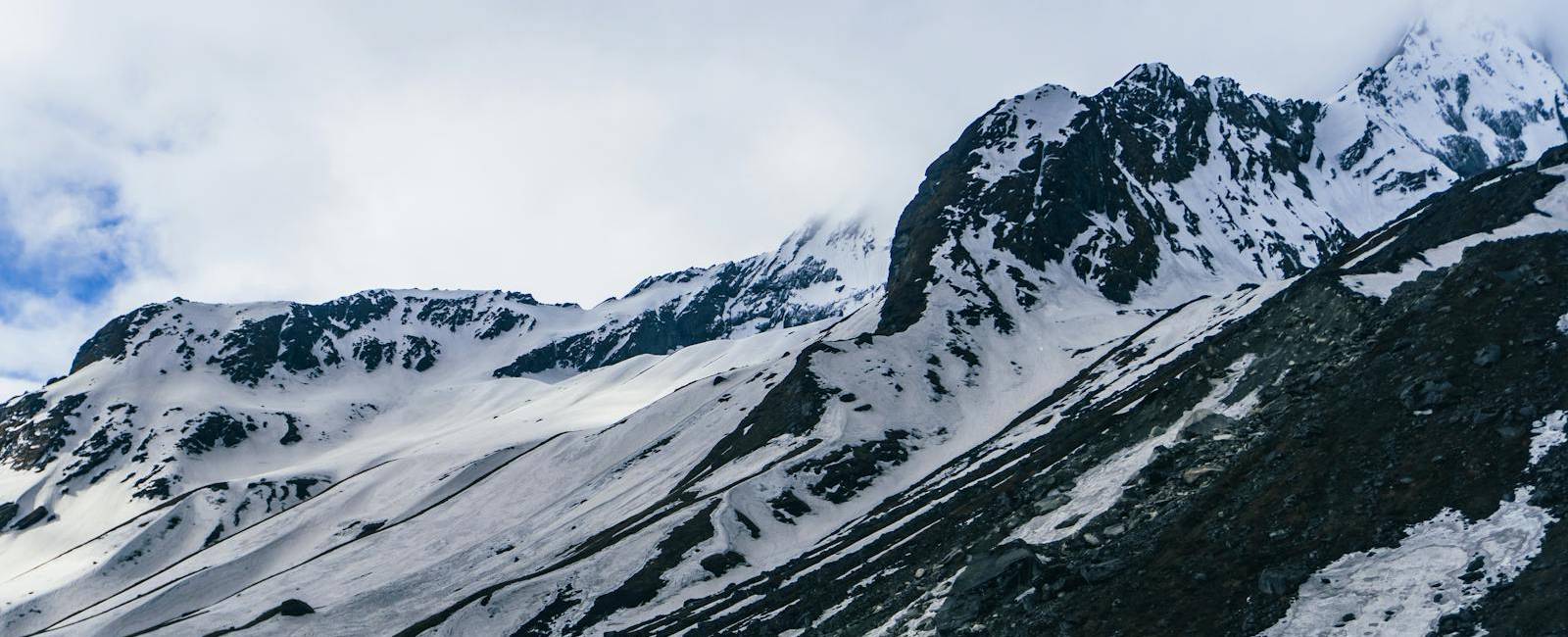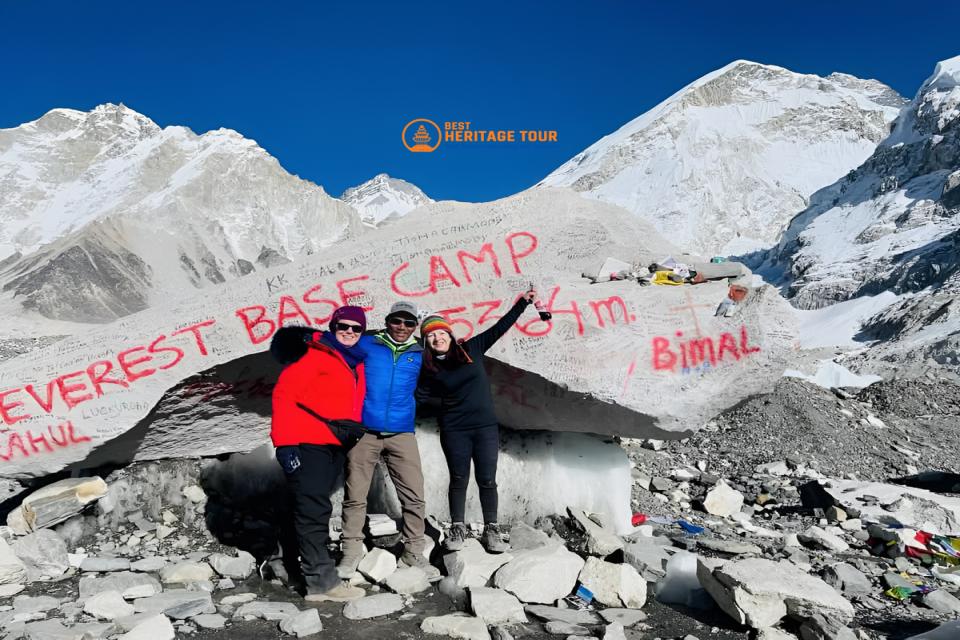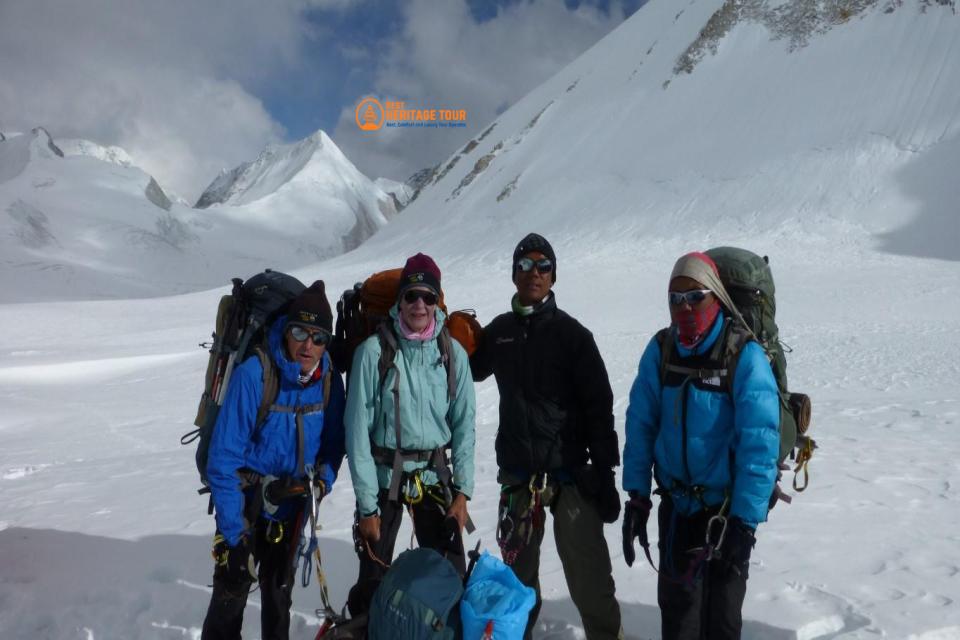The Everest Base Camp Trek via Gokyo Lake is a stunning alternative to the classic route, offering not only the iconic views of Everest but also the breathtaking beauty of Gokyo Lakes. This route takes you through high-altitude terrains, past turquoise glacial lakes, and up to Gokyo Ri, where you’ll experience panoramic views of Everest, Lhotse, Makalu, and Cho Oyu. With varied weather conditions, high altitudes, and remote trekking trails, packing the right gear is essential to ensure a safe and comfortable journey.
Here’s equipment list, tailored specifically for this scenic and challenging route.
Head & Face
-
Sun Hat / Cap: Wide-brim or baseball-style cap to protect your face and neck from intense sun exposure.
-
Woolen Hat / Beanie: Thick, insulated beanie to keep your head warm, especially during chilly mornings and evenings.
-
Neck Gaiter / Buff: A versatile cloth tube to protect your neck and face from wind, cold, and dust.
-
Sunglasses (UV-protected, category 3 or 4): High-altitude sunglasses to shield your eyes from harmful UV rays and snow glare.
-
Headlamp with Extra Batteries: LED headlamp for low-light conditions, especially useful for early starts or evening hikes.
Upper Body
-
Base Layer Shirt: Moisture-wicking thermal shirt to regulate your body temperature and keep sweat off your skin.
-
Fleece Jacket / Lightweight Down Jacket: Mid-layer jacket for insulation, especially during the cooler parts of the trek.
-
Insulated Down Jacket (Heavy): High-loft down jacket for warmth at higher altitudes and during cold evenings or mornings.
-
Windproof/Waterproof Shell Jacket (with hood): Essential jacket to protect against high winds, rain, or snow at higher altitudes.
-
Quick-Dry T-Shirt (Synthetic or Merino): Breathable shirt to keep you comfortable on warmer days and dry out quickly after sweating.
Lower Body
-
Trekking Pants (Convertible optional): Lightweight, durable pants that allow you to adjust to varying weather conditions (convertible pants for warmer days).
-
Thermal Base Layer Bottoms: Insulating leggings to wear under trekking pants for added warmth on cold days.
-
Rain Pants / Shell Pants: Waterproof over-pants for protection against rain, snow, or wind, especially when trekking at higher elevations.
Hands
-
Inner Gloves (Fleece or Merino): Lightweight gloves to maintain warmth without restricting finger movement.
-
Outer Gloves (Waterproof/Insulated): Thick, insulated gloves to protect from the cold, wind, and snow in high-altitude conditions.
Feet
-
Trekking Boots (Waterproof with Ankle Support): Sturdy boots with ankle support to protect your feet and prevent injuries on rocky, uneven terrain.
-
Camp Shoes / Slippers: Comfortable shoes to rest your feet in teahouses and for easy walking around at the end of the day.
-
Thermal or Wool Socks: Thick, warm socks to keep your feet cozy and dry in cold conditions.
-
Liner Socks: Thin socks to wick moisture away from your feet and reduce the chance of blisters.
Accessories & Gear
-
Backpack (40-50L) with Rain Cover: Spacious trekking backpack to hold your clothing, gear, and snacks with a rain cover to protect against wet weather.
-
Daypack (15-25L): Small, lightweight bag to carry daily essentials like water, snacks, and small items for easy access.
-
Trekking Poles (Adjustable): Collapsible trekking poles to reduce pressure on your knees, enhance balance, and provide extra stability on steep trails.
-
Reusable Water Bottle (2-2.5L): Sturdy, eco-friendly water bottle to stay hydrated throughout the day and minimize plastic use.
-
Hydration Bladder (Optional, 2-3L): Convenient water pouch with a drinking tube for easy sipping on the go.
-
Personal First Aid Kit: Compact kit containing essentials like altitude medication, blister treatments, band-aids, and pain relief.
-
Sleeping Bag (Comfort Rating -10°C to -15°C): High-altitude rated sleeping bag to stay warm during freezing nights, especially above 4,000 meters.
-
Power Bank / Solar Charger: Portable charger to keep your devices powered for navigation, photos, and emergencies.
The Everest Base Camp Trek via Gokyo Lake offers an incredible adventure, combining the beauty of Gokyo Lakes and the grandeur of Everest. With challenging terrain, unpredictable weather, and the high-altitude environment, having the right gear is essential to ensure your safety and enjoyment. By packing carefully with the right equipment for each body part, you’ll be prepared to face everything the trek throws at you- whether it’s snow, sunshine, or steep climbs.




